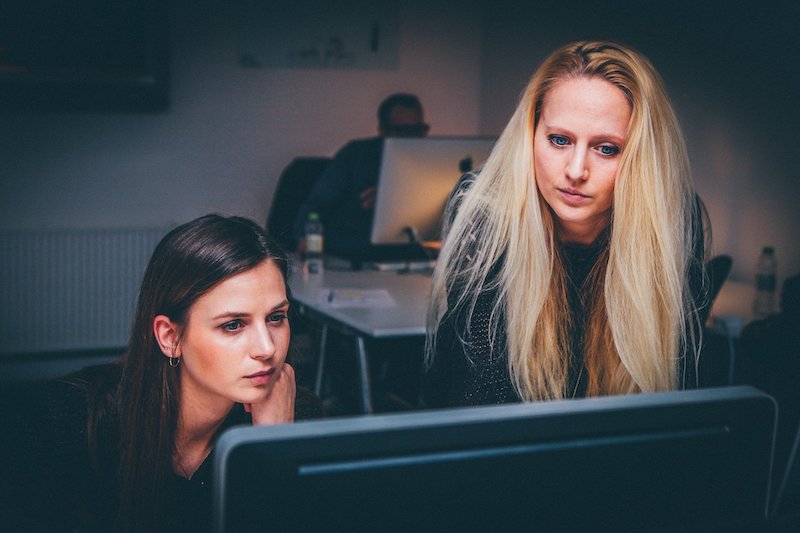Broom Cupboards give way to Zoom Cupboards.
Lockdown forced many companies to accelerate plans for flexible working out of necessity.
Now, with widespread expectation of a return to a ‘new normal’, companies across Scotland are applying the lessons learnt from lockdown to their future ways of working.
According to SPACE’s research, 80% of respondents anticipated a hybrid of office and home working, with more than two-thirds saying that their office space might need to be reconfigured.
The three top changes were to increase collaboration spaces, reduce the number of desks and have more individual focus spaces including small spaces suitable for video calls.
Chris Carr, Senior Workplace Consultant at SPACE said:
“Focused work will take place in the office as will the continued use of video calls; therein lies the challenge.
“The same space solution, small rooms (zoom cupboards) or pieces of furniture, will allow you to either escape the noise or contain it better through the use of partitions, acoustic treatments and zoning.
“Where people had brooms, they now have Zooms.
“What our research strongly shows is the desire of nearly everyone to have some sort of contact with colleagues.
“It is what they value most about their workplace and what they want to return to.
“It is not necessarily about having a fixed desk for day-to-day work; it is the opportunity to be collaborative, share ideas and training and drive through decisions.
“Three-quarters of our survey group said employee wellbeing and work-life balance were the biggest drivers of policy change over the past year.
“In working with clients, we have found that taking the time to ask the right questions is important in order to quantify the amount of space needed and the different types of spaces required.
“It is ‘people, then technology, then space’ in that order.”
For the ecology-minded, working from home has also hastened the ‘paperless office’.
More than 12 months out of the office has put paid to the notion that people need their ‘stuff’ beside them at all times and cut the umbilical cord between people and the printer, possibly signifying the end of ‘printing as the default’.
Another consideration in favour of an office environment is health and safety.
Home working has not suited everybody, with inadequate workspaces, internet access and lack of social interaction all proving to be human resources hurdles.
“Almost 70 per cent of respondents said reconfiguring existing office space was more likely than moving to new premises, but with a great deal of uncertainty still surrounding the future of work, we would recommend that no knee-jerk decisions are made around physical space changes.
“Once restrictions are lifted, policy changes should be embedded first and physical changes should follow if required,” Chris Carr said.
“If physical changes are made, we would advise that circular economy principles are in evidence when designing and fitting-out new spaces.
“This is a unique opportunity to challenge perceived wisdoms and to embrace the opportunity to create the right type of policy-led and technology-supported organisations and workplaces.”



